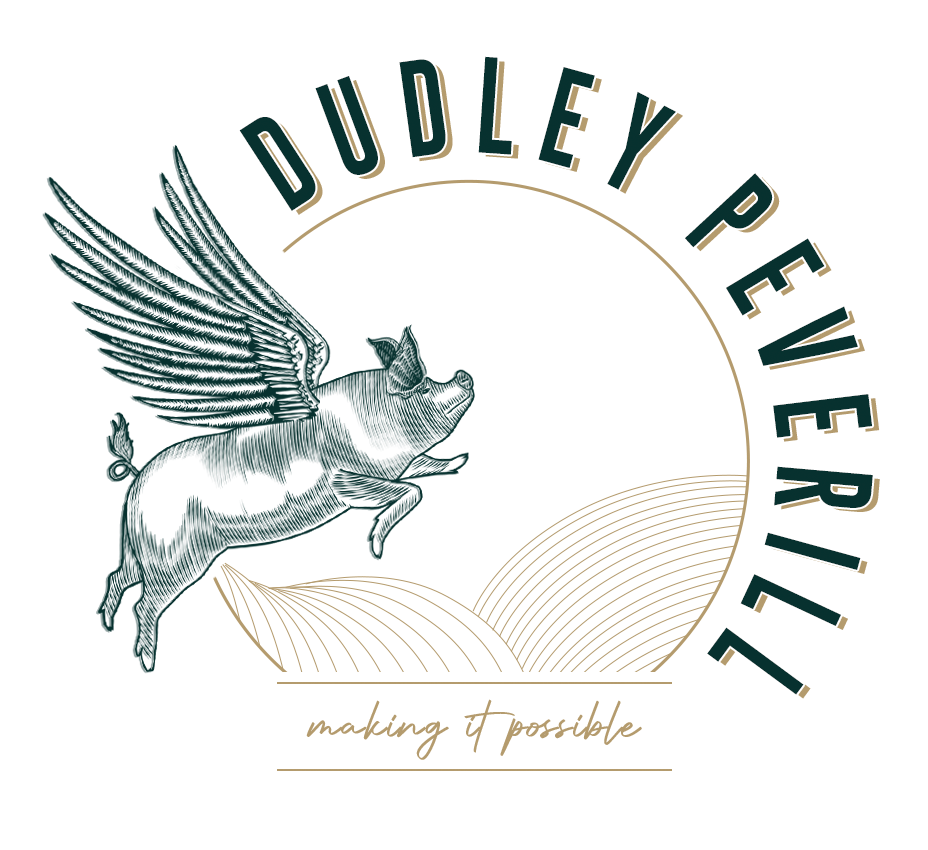Many farms have outdated, redundant or underutilised buildings, originally constructed for the purpose of serving the agricultural enterprise. Technological advancements and changing circumstance often creates the scenario where a particular building is no longer fit for agricultural use.
Sound familiar? Could these buildings be put to a better use, generating increased income, cashflow and extending their life? Potentially yes, but wouldn’t this require complex planning applications?
Thankfully, permitted development rights exist, to facilitate simpler planning procedures when changing the use of buildings and associated curtilage. Class R permitted development allows the change of use from agricultural to commercial.
Read on for an overview of Class R permitted development.
Feel free to contact us today for a free, no obligations initial consultation, for advice surrounding your farm diversification aspirations.
Use classes - flexible commercial use
The Town and Country Planning (General Permitted Development) (England) Order 2015, allows the change of use of a building and its curtilage from agricultural to “flexible use”. Find the legislation here. These flexible uses fall within the following classes:
B8 – Storage or Distribution
- Storage
- Warehousing
- Distribution
C1 – Hotels
- Hotels, boarding houses and guest houses that do not provide a significant degree of care (excluding hostels)
E – Commercial, Business or Service
- Retail
- Sale of food & Drink
- Financial Services
- Professional Services
- Other appropriate commercial services
- Indoor sport (excluding motorised vehicles, firearms, swimming pool or skating rink)
- Medical or Healthcare
- A creche, day nursery or day centre
- Business uses
- Offices
- Research & Development
- Industrial Processes
Conditions of use
As you would expect, certain conditions and criteria must be met in order to take enjoy these rights.
- The building in question must have been solely in agricultural use on the 3rd July 2012 (or when it was last in use)
- If brought into use after 3rd July 2012, it must have been used solely for agricultural use for a minimum of ten years
- The total cumulative floor area of the existing building(s), within the planning unit, which have changed under Class R rights, must not exceed 500sq m
Where can and can't it be used?
Below we have included an adapted table, displaying where Class R permitted development rights can, and can not be used. For a better view of this table and other use classes within it, click here.

As can be seen above, these permitted development rights can be applied within the various protective land designations.
It is also worth noting that the subject building does not have to be redundant or vacant prior to conversion.
Sui Generis
The term “sui generis” literally means unique. Class R itself is unique insofar that instead of altering the building’s use to a specific use class, any completed conversion will be considered as ‘Sui Generis,’ which implies there will be no specified use class. This implies that any future changes to C3 (dwellinghouses) for example, will require full planning permission.
After the subject building and its curtilage have been converted to ‘flexible use,’ you can subsequently change it to any other use that falls within the ‘flexible uses’ classifications. A barn that has been converted to an office, for example, may be changed to a storage facility with very little, if any, opposition from the local planning authority.
Applying for Class R permitted development
Class R developments are only permissible if the details are submitted to the local authority for prior approval before any works begin. It’s worth taking this type of consideration into account during the project design stage to ensure that any conversions or changes accommodate for potential future usage from the beginning.
The application procedure for Class R varies somewhat depending on the size of the building:
Buildings with less than 150 m² of existing floor space:
For buildings (and areas within the curtilage) where the cumulative floor space (to be converted) does not exceed 150 m² the local authority following need to be advised (in writing) as follows:
- The date the site will begin to be used for any flexible use
- The proposed nature of the use or uses
- A plan indicating the site and which buildings have changed use
For cumulative development of floor areas up to 150 m², on buildings that fit the criteria, there is no requirement to wait (from the date of submission) before development or use can start.
Buildings exceeding 150 m²:
Where the cumulative, existing floor area to be changed exceeds 150 m² (but not exceeding 500 m²), a 56 day notice to the Planning Authority for prior approval must be submitted. There are four reasons only, why prior approval may not be given.
- Transport and highways impacts of the development.
- Noise impacts of the development.
- Contamination risks on the site
- Flood risks
For buildings exceeding 150 m², development under Class R cannot begin before written confirmation is received that either prior approval is – or is not required.
However, change of use or developments can proceed immediately if the local planning authority exceed the 56 days required make their decision.
Can the building be altered?
Although a building’s ‘use’ can be altered under Class R permitted development rights, any alterations that change the building’s external appearance are not (necessarily) permitted development, and therefore, a planning application may be necessary before any alteration work can begin.
Why not contact us today to discuss financing your projects, or to see how we can help with your farm diversification aspirations.
Unsure of what farm diversification enterprise is for you? Use our free diversification discovery assistant. Simply fill out the short questionnaire and receive a brief, free review of what farm diversifications may suit you and your business.
